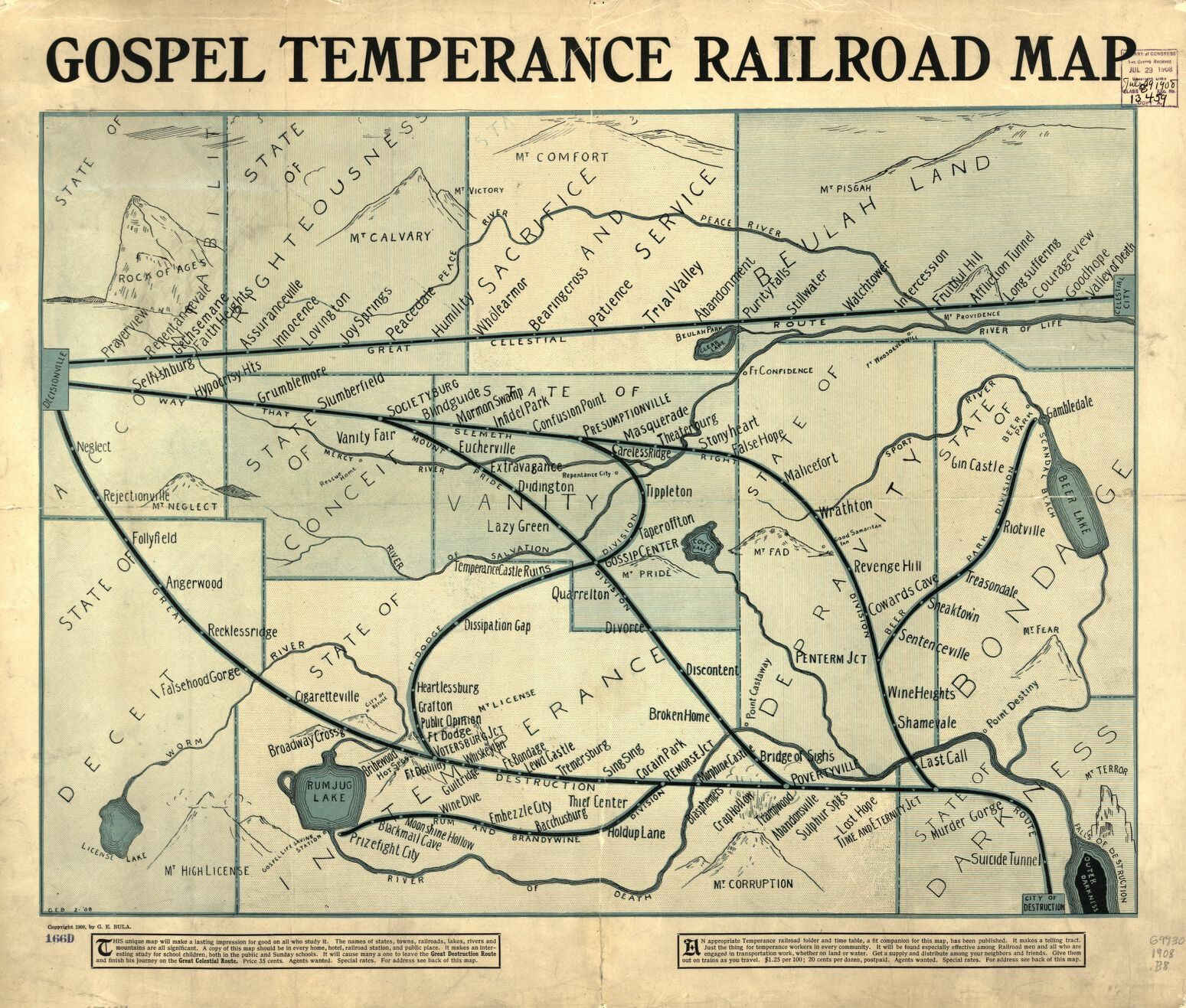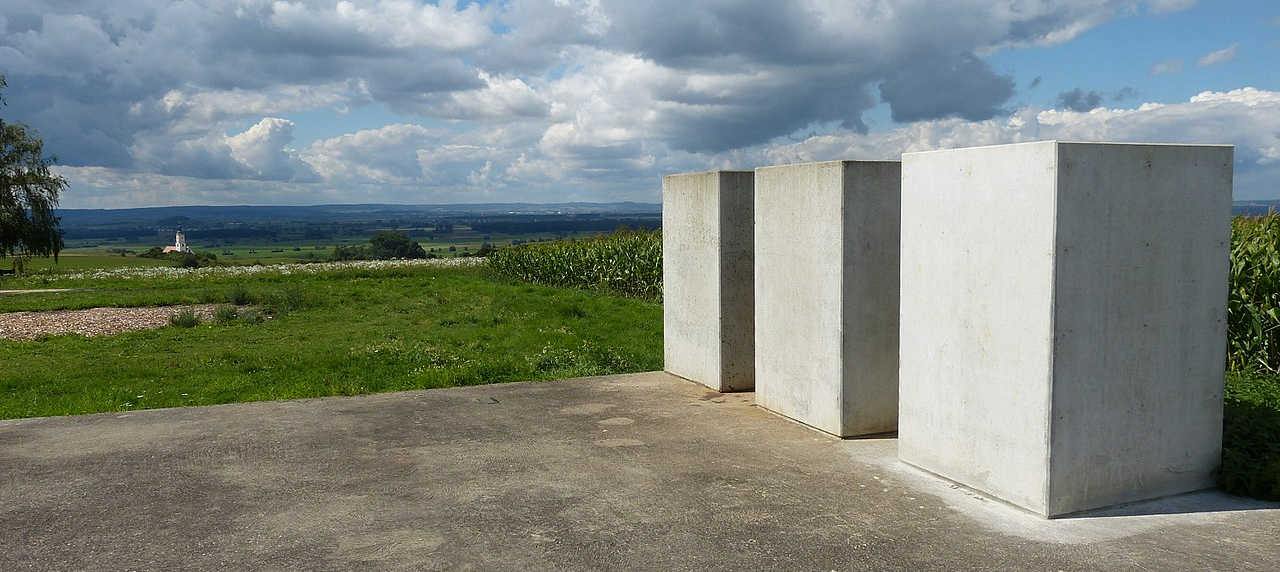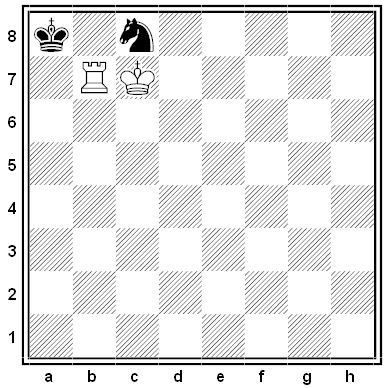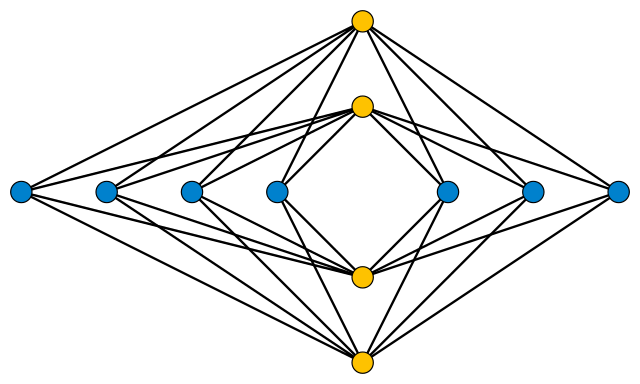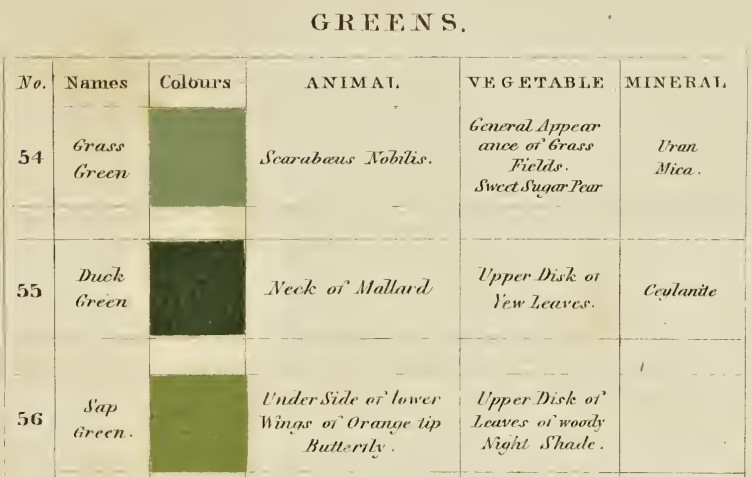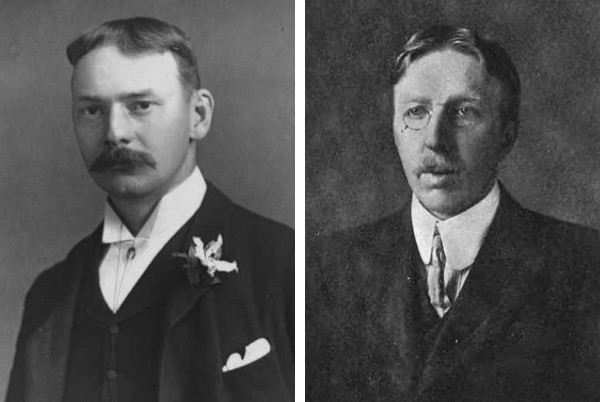G.E. Bula devised this map in 1908 (click to enlarge it):
This unique map will make a lasting impression for good on all who study it. The names of states, towns, railroads, lakes, rivers and mountains are all significant. A copy of this map should be in every home, hotel, railroad station, and public place. It makes an interesting study for school children, both in the public and Sunday schools. It will cause many a one to leave the Great Destruction Route and finish his journey on the Great Celestial Route. Price 35 cents.
The Great Celestial Route leads from Decisionville through the states of Righteousness, Sacrifice and Service to the Celestial City via Prayerview, Peacedale, Purity Falls, and Goodhope. It is straight and, presumably, narrow. Wander slightly off the path and you can visit Hypocrisy Heights, Slumberfield, Masquerade, and Theaterburg, and further afield you’ll find Cigaretteville, Moonshine Hollow, Morphine Castle, and Wine Heights.
The bad road seems much more popular than the good one.
(From the Library of Congress.)

